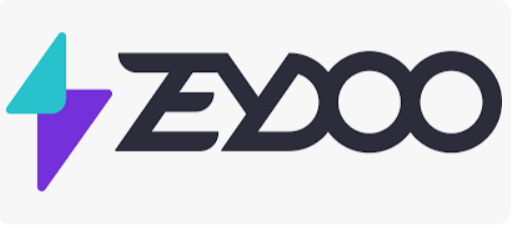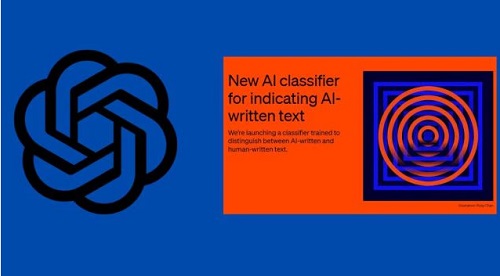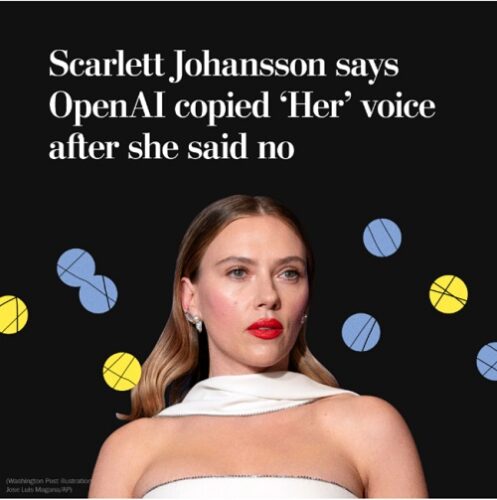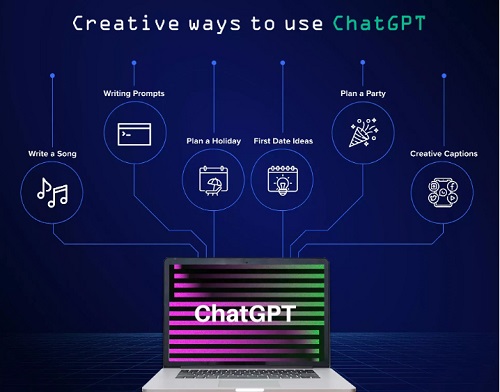The developers of the chatbot ChatGPT have released new software that is supposed to whether recognize the text was written […]
Tag: openai
Scarlett Johansson threatened legal action against OpenAI
OpenAI is arguing with US actress Scarlett Johansson about an AI voice in the bot ChatGPT. Johansson thinks the bot […]
The publication of the chatbot ChatGPT
So far, users can only communicate with the ChatGPT bot using the keyboard. But that could change. Real conversations or […]



